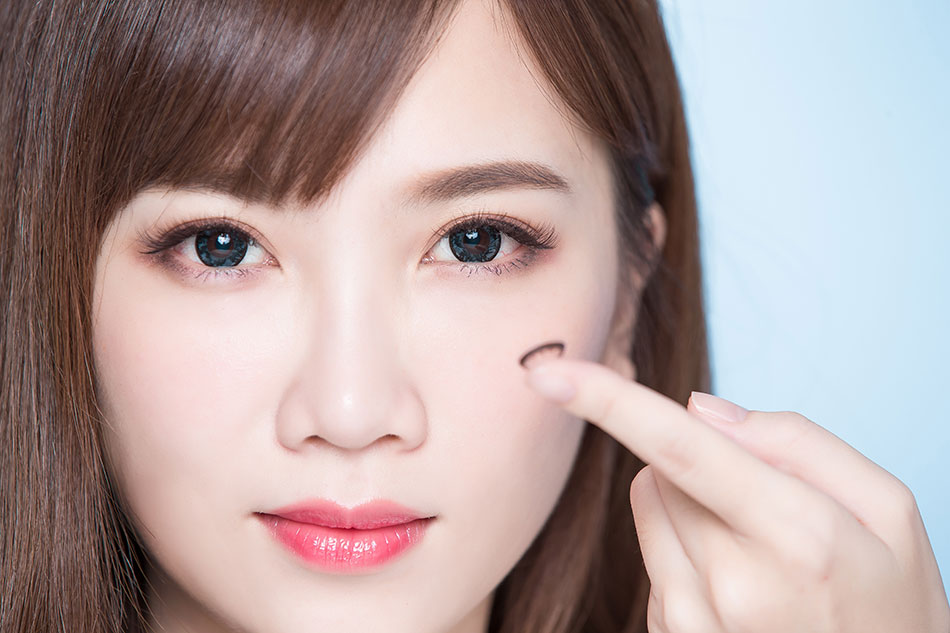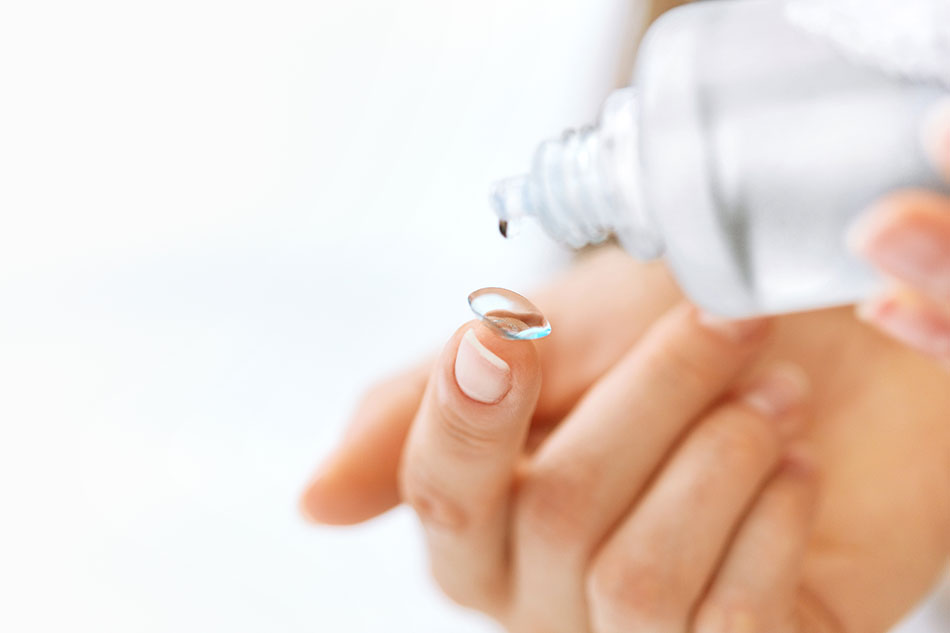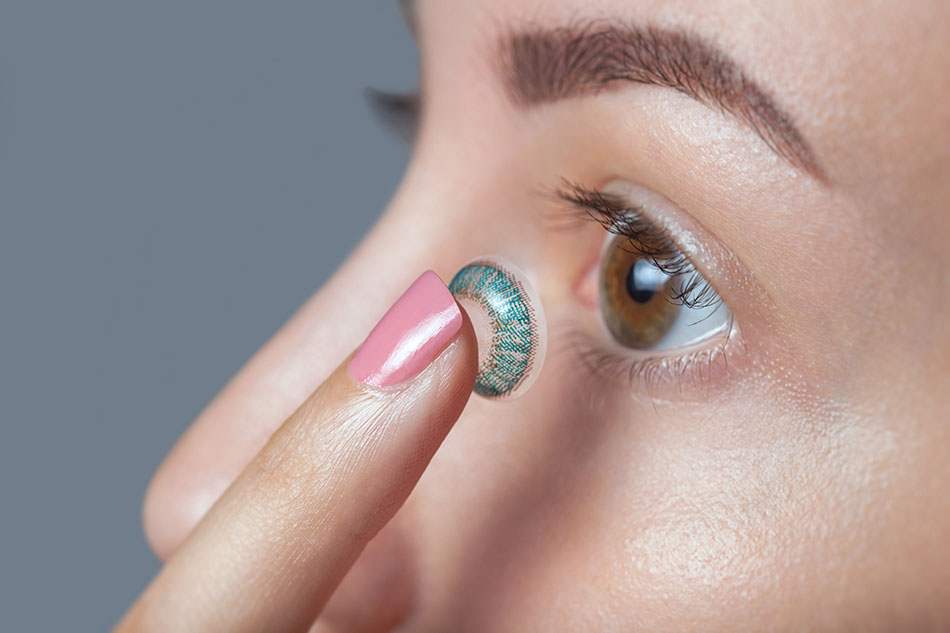Your Quick Guide to Daily Contact Lenses: 4 Things You Need to Know

Approximately 75% of the American population needs vision correction of some kind. You’re probably one of them! There are lots of options for making sure that you can see as clearly as possible. Wearing eyeglasses is one of those options.
But if you don’t like the look and feel of glasses, then you can opt for contacts. Daily contact lenses are a common and safe option for many people like you. But if you’re a newbie to wearing contacts, getting used to them can take a little time.
Are you considering daily contact lenses? Then you may have a few questions and concerns. Let’s look at 4 things that you need to know when you want to get daily contacts!
1. Hard or Soft Lenses?
There are two basic types of lenses to choose from: hard and soft. The type that you select will mainly depend on the state of your vision.
Most people choose soft contacts. These flexible lenses fit right on top of the eyes. They’re easy to insert and remove.
Hard (or rigid) lenses are usually gas permeable to allow for greater oxygen flow to the eyes. But they’re used by only a small minority of contact wearers.
Hard contacts are ideal for people with astigmatism or some other vision issues. They’re useful for medical conditions where deposits might worsen eye health. This is because protein deposits do not easily accumulate on these lenses. Hard contacts also provide better visual acuity than soft contacts do.
Your choice of hard or soft lenses will also depend on your comfort level. If you are new to wearing contacts, soft lenses might initially feel a lot more comfortable than hard ones.
It does take some time to get used to wearing contacts. Experts claim it takes between 10 to 12 days. So even if you know that you need hard lenses, you might want to first practice with soft ones.
2. Understanding Daily Wear vs Daily Disposables

First, let’s make a clear distinction. You wear daily contacts during the day. In this case, ‘daily’ refers to the wearing pattern. While daily disposables are also worn during the day, you specifically need to discard these lenses every night. Here, ‘daily’ refers to the lens’ replacement schedule.
Daily wear contacts can be cheaper if you choose ones that have a longer replacement schedule. But these lenses need more care since you have to remove and disinfect them on a daily basis. You replace your daily wear contacts anywhere from everyday to every couple of weeks to monthly, or even, in the case of gas permeable lenses, annually.
Unlike with extended wear contact lenses, you should never wear daily contacts overnight. Your eyes need oxygen to fight infections, heal and regrow cells. Contacts make these processes more challenging, especially ones that aren’t made for extended wear.
Your eyes are also more vulnerable to corneal infections when wearing contacts. This is why optometrists recommend daily contacts, as the wear time allows your eyes to get more oxygen.
Daily disposables are ideal for people with allergies or conditions that must avoid protein deposits. Since you discard daily disposables every day, zero cleaning is needed! But they'll be pricier because you'll have to replace them more often. If you prefer convenience over cost, you might want to choose disposable dailies.
3. For People With Special Eye Conditions
Some people have uneven powers for their eyes. If this is the case for you, you'll have to spend more on your contacts than other people do. Instead of buying matching lenses, you'll need to purchase two different prescriptions. You'll also need to remember which lens is for your left eye and which is for your right.
Astigmatism
For people with astigmatism regular lenses cannot correct your vision. The irregularities in your cornea make your vision blurry. Gas permeable or toric contact lenses are perfect tools for correcting your astigmatism, but cost more than regular contacts.
Presbyopia

Presbyopia is a condition where you lose the ability to focus on nearby objects with age. Normally, you would need bifocal or multifocal glasses for vision correction.
But now, contact lenses are also available to correct this condition. One option is monovision lenses. This means a lens for long distance in the dominant eye and another lens for closer focus in the non-dominant eye. But this requires some monitoring of your lenses to ensure you don't mix them up.
A better option is multifocal contacts. These lenses improve your vision at all distances. You also don’t have to keep track of lenses for specific eyes unless your prescriptions differ. Each lens contains multiple prescriptions.
4. Buy Safely

When you're buying contact lenses, you need to make sure you follow several safety tips. Purchasing contacts is complicated. It can be hard to know what exactly you're getting, especially when you do your shopping online.
Make sure you're never buying lenses from a box set that appears broken up. If the package wasn't sealed properly, you're right to be skeptical.
When you buy online, be cautious. Only buy from reputable websites with proven, promising reviews. They should confirm your prescription and offer brand name products. The information on the box of your lenses should match your prescription.
Don't use a prescription that's old. You should visit your optometrist for an annual checkup and an up-to-date prescription. This not only ensures the best vision possible, but also detects any disorders or conditions early on.
Also, cosmetic lenses from novelty stores can be dangerous. Often, people will buy cheap lenses on the internet for a costume party or cosplay. But a trained eye care professional must always fit these lenses. You should also have follow-up visits to prevent eye infections or any other problems. Always consult an optometrist, even for theatrical productions!
A Safe and Affordable Option
If you're looking for a trusted option that won't break the bank, daily contact lenses are a smart choice. They give you clear vision, promote eye health and can be reasonably maintained.
If you're still balancing the pros and cons of contacts versus glasses, check out our guide for more info.